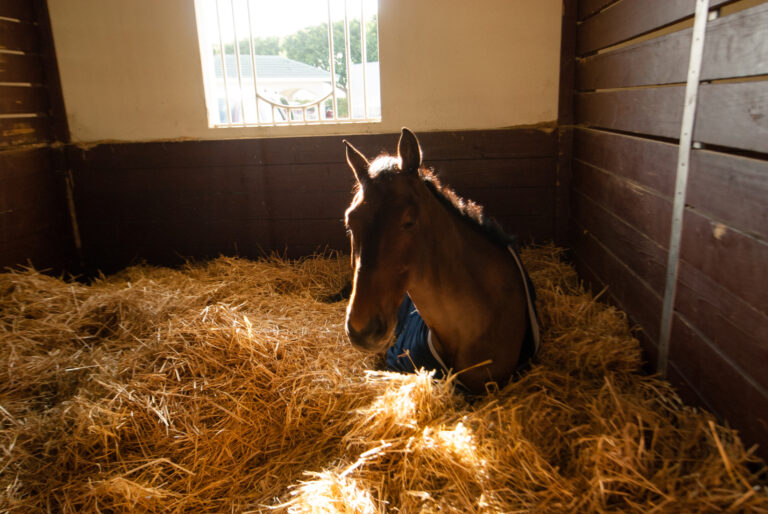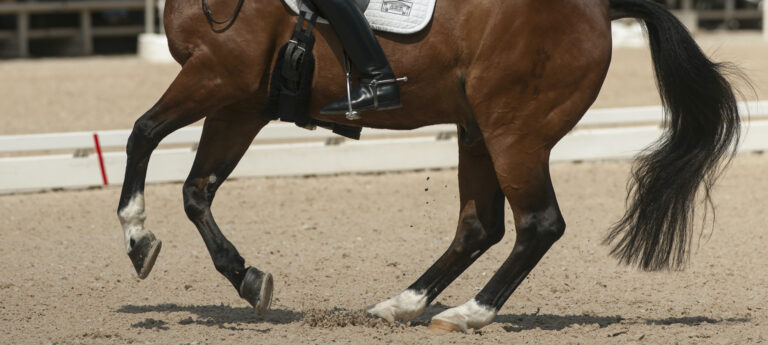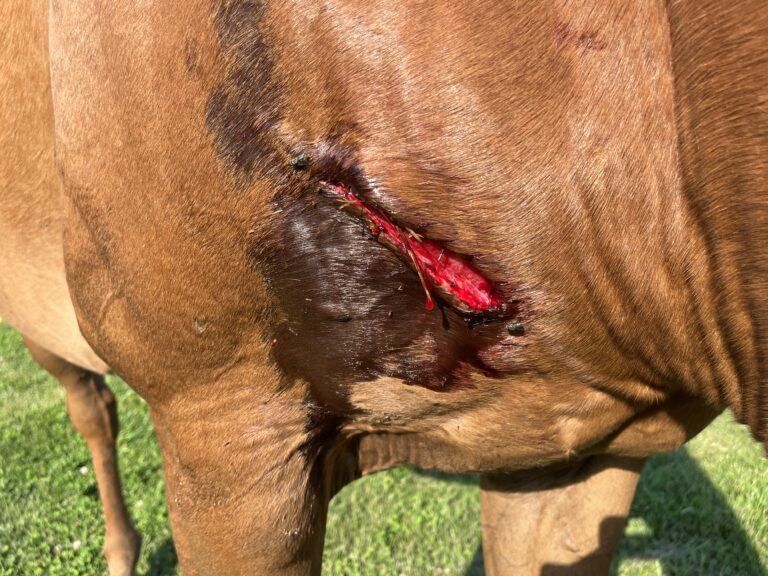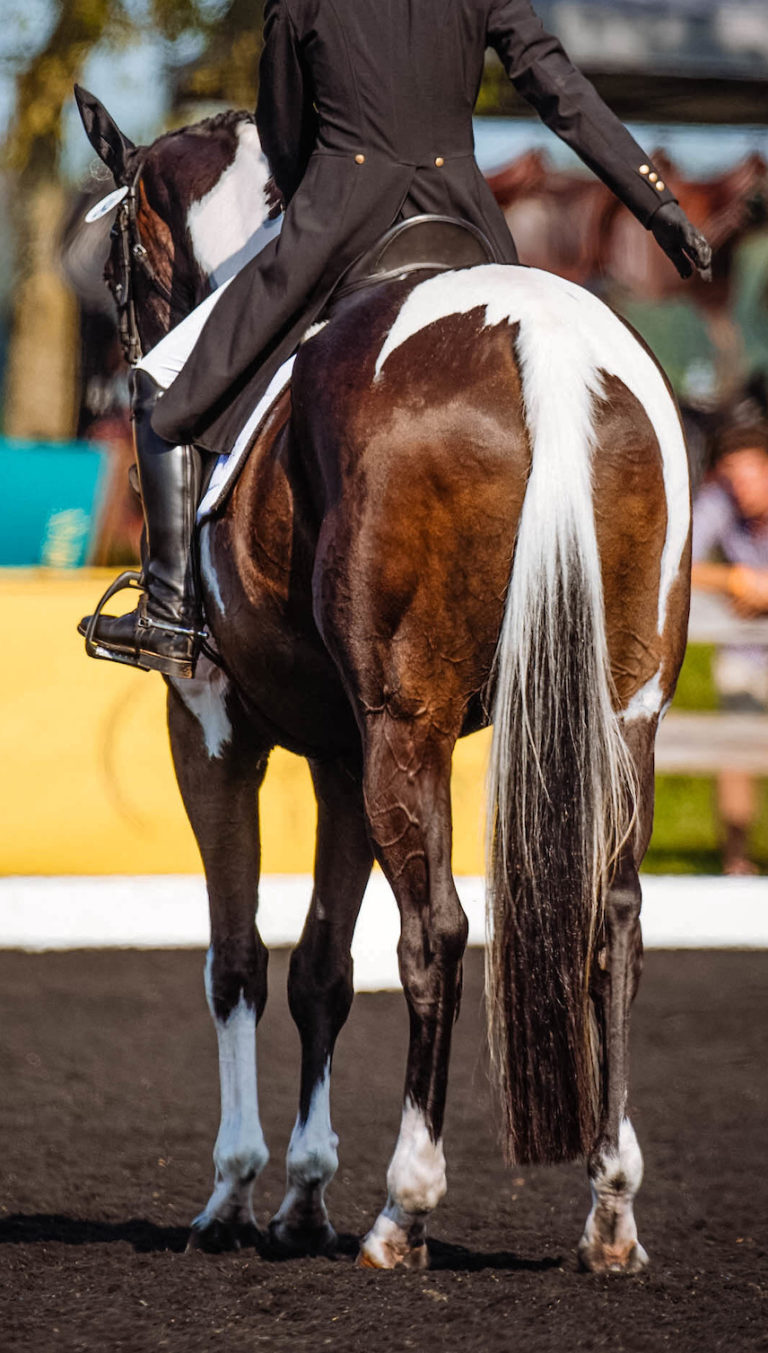Q: I am seeing so many mares excelling at the upper levels of dressage now. Do the trainers/riders do anything special to keep the mares’ hormones in check? I understand many owners of mares say they are mareish and often more challenging to ride. I have a 3-year-old mare that is just being started. She is my first mare. All the rest of my horses have been geldings.—Name withheld by request
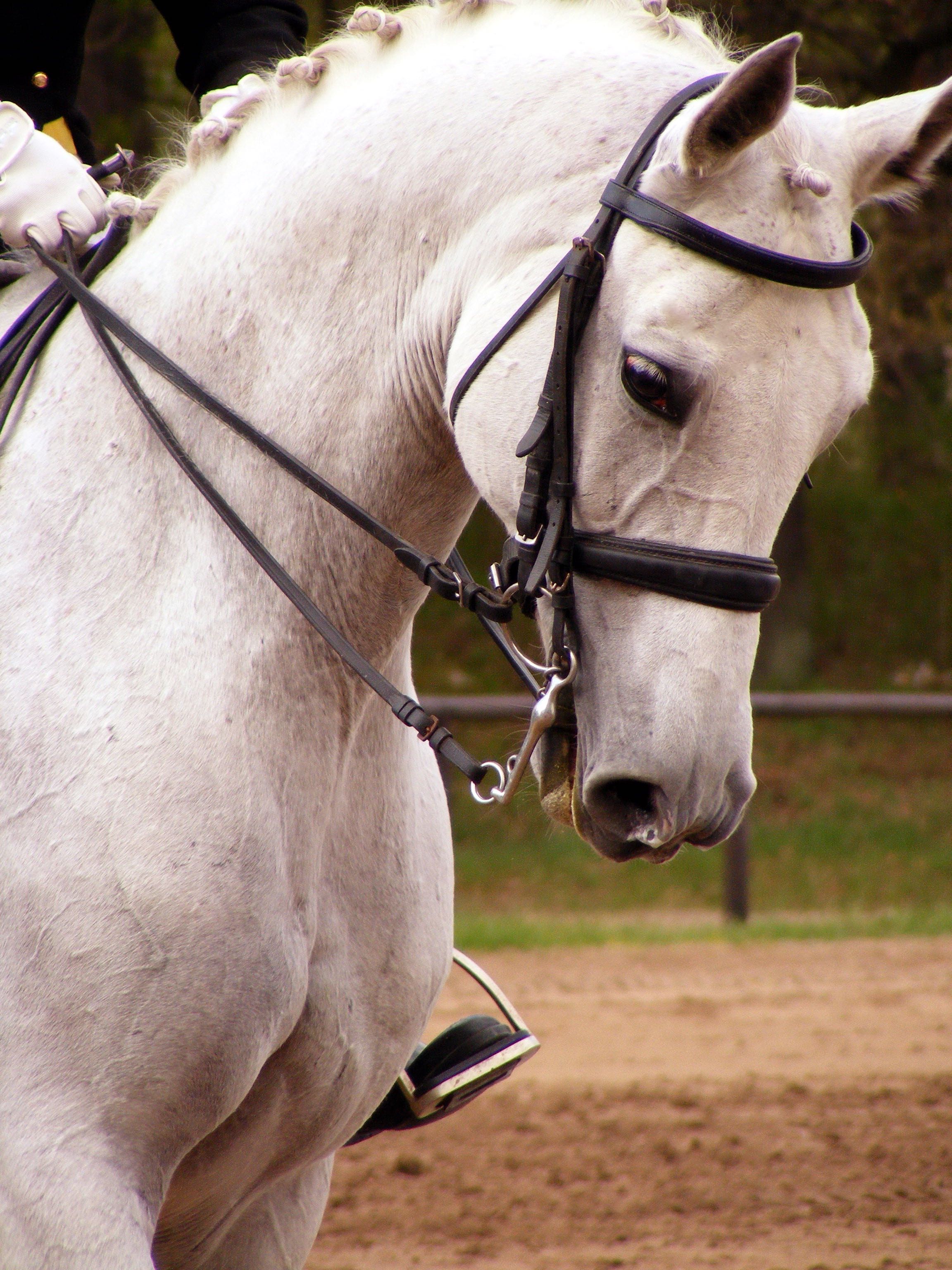
A: As a breeder, I have lived with mares and stallions all my life. Personally, I prefer mares and stallions over geldings. I find they have more character, meaning they are more engaging on a personal level. Geldings tend to be more consistent in their character, bringing less spirit to the daily interactions. Mares and stallions often have a bit of their own temperament and personality to inject into various places. When they have a good connection to their rider, this translates into vast expression. Mares will really put themselves out for you.
I had only one mare who became more challenging to ride when she was in heat. I solved the problem by not riding her for a few days. Because she was a broodmare and not a show horse, that was possible. This mare never exhibited discomfort to my legs when she was pregnant, so obviously her sensitivity to my legs was a hormonal problem.
There are hormones your veterinarian can give to your mare if she becomes difficult to ride on a regular basis. In extreme cases, you can remove her ovaries. Most mares, however, including FEI-level mares, don’t require medication or surgery.
To achieve success with a mare, you need to be a clear communicator. Mares tend to speak up more often when your riding becomes offensive to them—for instance, if you lose your temper or get angry with them—whereas many geldings are more willing to accept offensive riding. This challenge is why some people don’t like mares. If you ride a mare in a fair, correct way, she is just as easy to ride as a gelding.

© Charles Mann – Arnd.nl
I find that mares, like stallions, will really work for you once you have established a connection with them. However, with mares (and stallions) you have to be a confident rider and leader in order to establish that connection. You have to have a clear idea in your head about what you will do—mounted and unmounted—or they are more likely than geldings to tell you what they will be doing. In your riding, you need to have clarity and consistency so the horse understands boundaries. This doesn’t mean you should punish your mare more. You can be firm and friendly to her yet say “no” clearly. Making your horse your friend in human terms—hugging and kissing her without being clear and firm—usually has the opposite effect. Many mares and certainly most stallions will take advantage of this and test your leadership, which can be dangerous. As herd animals they instinctively look for hierarchies and will test you if you fail to establish leadership. Geldings usually are more forgiving and don’t require as much clarity as many mares and most stallions, which is why they are so popular among amateurs.
Many people complain about mares not accepting the rider’s leg and/or being overly sensitive to the legs. I find mares usually accept the leg as well as any stallion or gelding.
Gail Hoff-Carmona, PhD, is a USDF gold, silver and bronze medalist, a USEF Senior “S” dressage judge a registered “R” dressage sport-horse breeding judge, and a Grand Prix-level trainer, clinician, coach and retired competitor. As a breeder of Swedish Warmbloods, she has bred three of the highest-scoring licensed SWB stallions as well as several diploma SWB mares in North America. Owner and director of Los Alamos Dressage Center, she operates out of Canada Larga Ranch, in Ventura, California.


